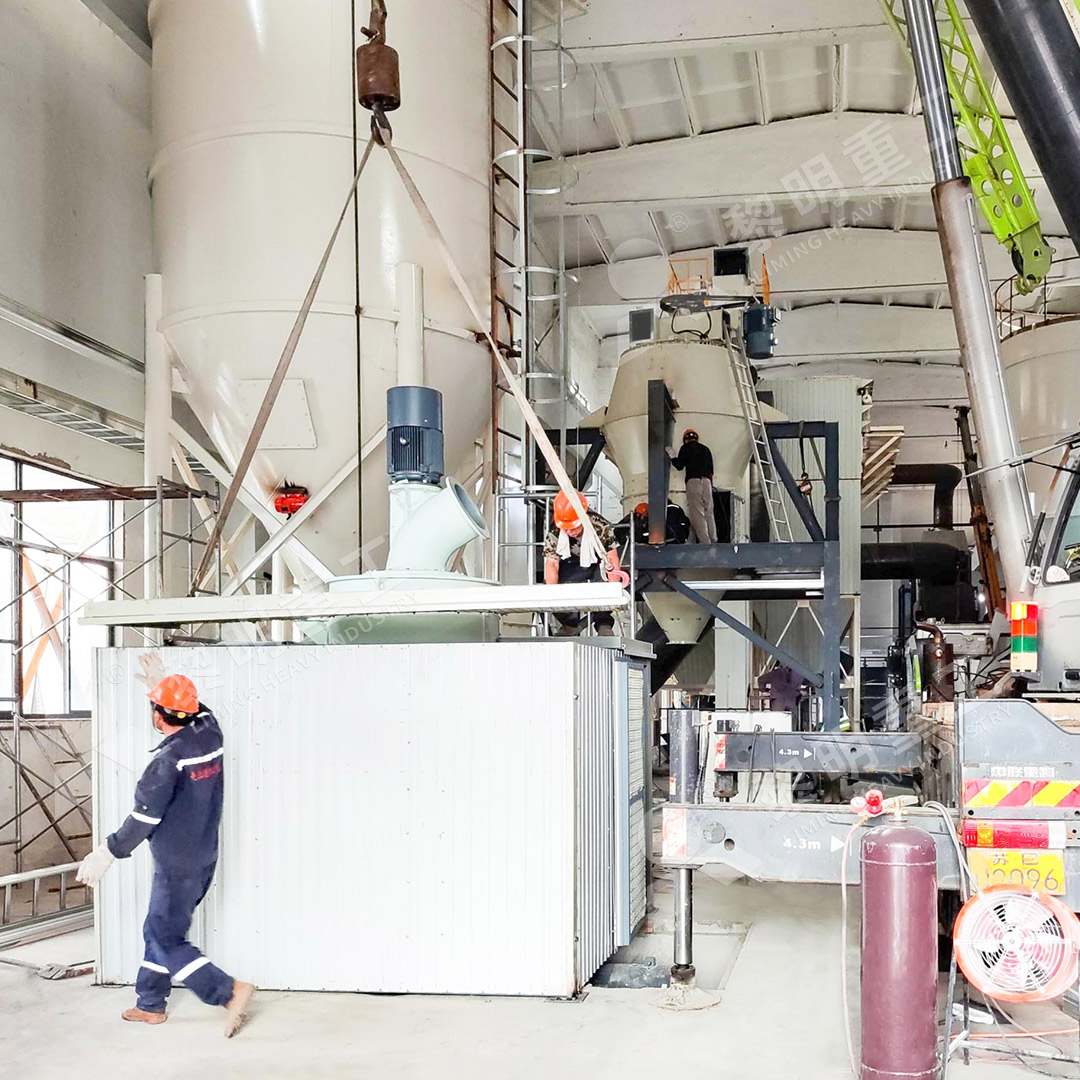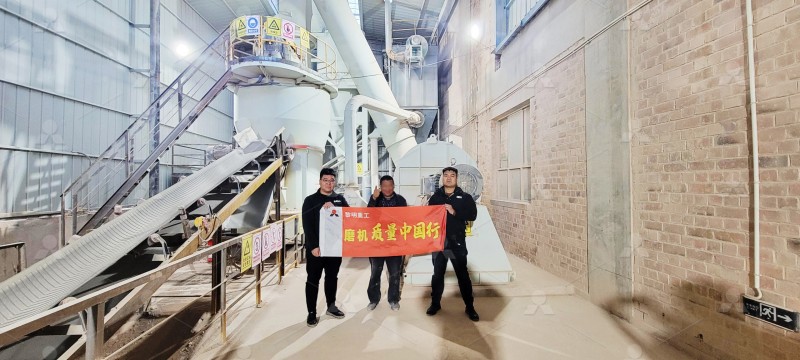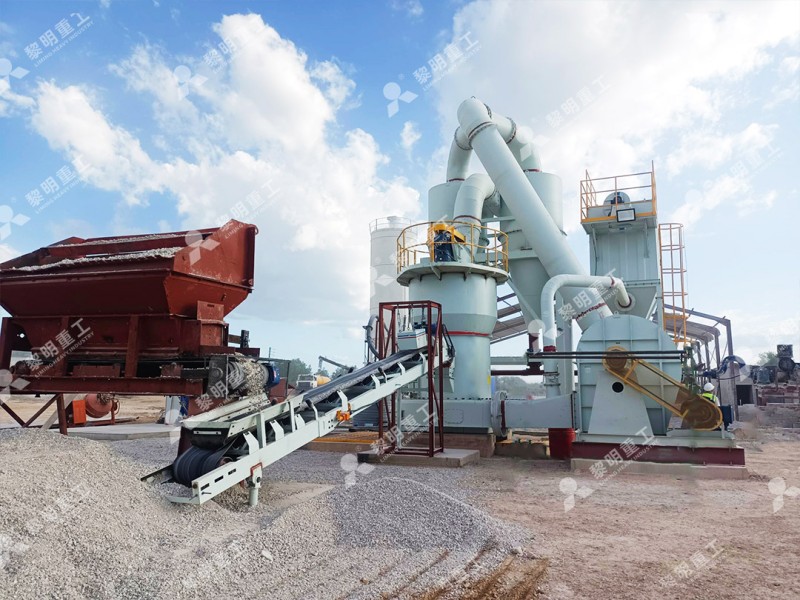High Efficiency Roller Mill for Stone Powder Production
High Efficiency Roller Mill for Stone Powder Production
The demand for finely ground stone powders has surged across various industries, from construction materials to advanced chemical applications. Achieving the optimal balance between production efficiency, energy consumption, and product quality remains a significant challenge for many operations. Modern grinding technology has evolved to meet these demands, offering solutions that outperform traditional ball mills in virtually every aspect.

When evaluating grinding equipment, several critical factors come into play: production capacity, energy efficiency, final product fineness, operational stability, and environmental compliance. The ideal mill should deliver consistent performance while minimizing operational costs and environmental impact. This is where advanced roller mill technology demonstrates its superiority.
Advanced Technology for Superior Performance
Contemporary roller mills incorporate sophisticated engineering principles that enable remarkable efficiency gains. The fundamental advantage lies in their grinding mechanism, where material is crushed between rotating rollers and a stationary grinding ring or table. This method proves significantly more efficient than the impact and attrition-based approach of traditional ball mills.
One standout example is the MW Ultrafine Grinding Mill, which represents the cutting edge in ultrafine powder production. With an input size capability of 0-20 mm and capacity ranging from 0.5 to 25 tph, this machine handles various materials including limestone, calcite, dolomite, and barite. What truly sets it apart is its innovative design that eliminates rolling bearings and screws within the grinding chamber, addressing common failure points that plague conventional mills.
The MW series demonstrates remarkable efficiency metrics, producing 40% higher capacity than jet grinding mills and double the output of ball mills at the same fineness and power levels. Meanwhile, system energy consumption drops to just 30% of jet mill requirements. The cage-type powder selector, incorporating German technology, allows precise fineness adjustment between 325-2500 meshes with screening rates achieving d97≤5μm in a single pass.

Environmental and Operational Advantages
Modern grinding operations cannot overlook environmental considerations. Regulatory requirements and community expectations demand equipment that minimizes dust and noise pollution. The integration of efficient pulse dust collectors and mufflers in advanced mills like the MW Ultrafine Grinding Mill ensures compliance with stringent environmental standards while maintaining production efficiency.
Operational reliability forms another critical consideration. The external lubrication system of the MW mill enables maintenance without shutdown, supporting continuous 24-hour production cycles. This feature, combined with digitalized processing that ensures high machining precision for core components, translates to significantly reduced downtime and maintenance costs.
Application Versatility
The true value of high-efficiency roller mills extends across multiple industries. Beyond traditional construction materials, these machines produce powders for paints, cosmetics, pharmaceuticals, and food additives. The ability to consistently achieve specific fineness requirements makes them indispensable for applications where product consistency directly impacts final product quality.
For operations requiring slightly different specifications, the LUM Ultrafine Vertical Grinding Mill offers an excellent alternative. With input size of 0-10 mm and capacity of 5-18 tph, it incorporates the latest Taiwanese grinding roller technology and German powder separating technology. Its unique roller shell and lining plate grinding curve design generates material layers more effectively, enabling high finished product rates through single-pass powder milling.

Frequently Asked Questions
What maintenance advantages do modern roller mills offer?
Advanced designs like the MW Ultrafine Grinding Mill eliminate rolling bearings and screws within the grinding chamber, preventing common failure points. External lubrication systems enable maintenance without production stoppages, while reversible structures in models like the LUM mill allow easy access to grinding components.
How do energy consumption figures compare to traditional mills?
High-efficiency roller mills typically reduce energy consumption by 30-50% compared to conventional ball mills and jet mills. The MW series specifically consumes only 30% of the energy required by jet grinding mills while delivering 40% higher production capacity.
What fineness ranges can be achieved?
Modern mills offer adjustable fineness between 325-2500 meshes, with advanced powder selectors enabling precise control. The MW Ultrafine Grinding Mill achieves screening rates of d97≤5μm in a single pass, sufficient for even the most demanding applications.
How do these mills address environmental concerns?
Integrated pulse dust collectors prevent dust pollution throughout the milling system, while silencers and noise elimination rooms reduce operational noise. The entire production process complies with national environmental protection standards.
What materials can be processed?
These mills handle various non-metallic minerals including limestone, calcite, dolomite, gypsum, barite, marble, talc, and coal powder. Applications extend to chemical industries, paints, cosmetics, pharmaceuticals, and food additives.
